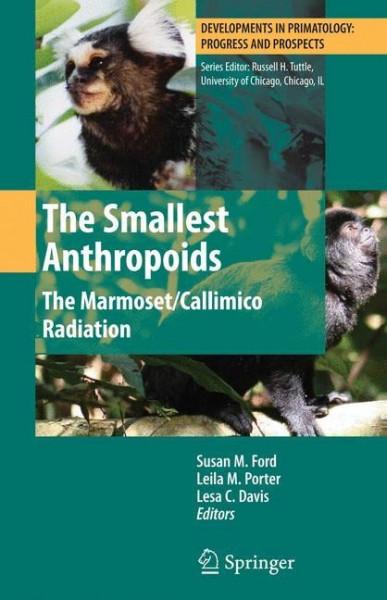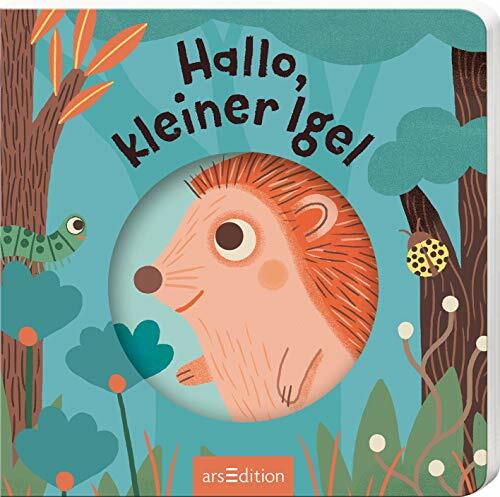
The Smallest Anthropoids
Kurzinformation
inkl. MwSt. Versandinformationen
Artikel zZt. nicht lieferbar
Artikel zZt. nicht lieferbar

Beschreibung
The marmosets and callimicos are diminutive monkeys from the Amazon basin and Atlantic Coastal Forest of South America. The marmosets are the smallest anthropoid primates in the world, ranging in size from approximately 100 to 350 g (Hershkovitz 1977; Soini 1988; Ford and Davis 1992; Araújo et al. 2000); calli- cos are not much bigger, at around 350¿540 g (Ford and Davis 1992; Encarnación and Heymann 1998; Garber and Leigh 2001). Overwhelming genetic evidence, from both nuclear and mitochondrial DNA, now indicates that these taxa represent a unified clade within the callitrichid radiation of New World monkeys, a finding that was unthinkable to all but a few geneticists a decade ago (see review in Cortés- Ortiz, this volume Chap. 2). With increasing evidence that the earliest anthropoids were themselves small bodied (under the 0. 8¿1 kg threshold that marks all other living anthropoids; see Ross and Kay 2004), the ecology, behavior, reproductive stresses, and anatomical adaptations of the marmosets and callimicos provide the best living models with which to assess the types of adaptations that may have characterized early anthropoids. When Anthony Rylands¿ Marmosets and Tamarins: Systematics, Behaviour and Ecology was published in 1993, contributions focused almost entirely on tamarins due to the scarcity of data on marmoset behavior and the almost total lack of kno- edge about the enigmatic callimicos. Fortunately, this has changed (see Fig. 1). von Ford, Susan M. und Davis, Lesa C. und Porter, Leila M.
Produktdetails

So garantieren wir Dir zu jeder Zeit Premiumqualität.
Über den Autor
Susan M. Ford is Associate Professor and Chair of the Department of Anthropology, and past Director of the Center for Systematic Biology, Southern Illinois University.Leila M. Porter is Associate Professor in the Department of Anthropology, Northern Illinois University. Lesa C. Davis is Associate Professor of the Department of Anthropology and Special Assistant to the President, Northeastern Illinois University, and Research Associate in the Field Museum of Natural History.

- Pappe
- 20 Seiten
- Erschienen 2021
- arsEdition

- Gebunden
- 40 Seiten
- Erschienen 2019
- Dial Books

- hardcover
- 40 Seiten
- Erschienen 2025
- Gerstenberg Verlag










































